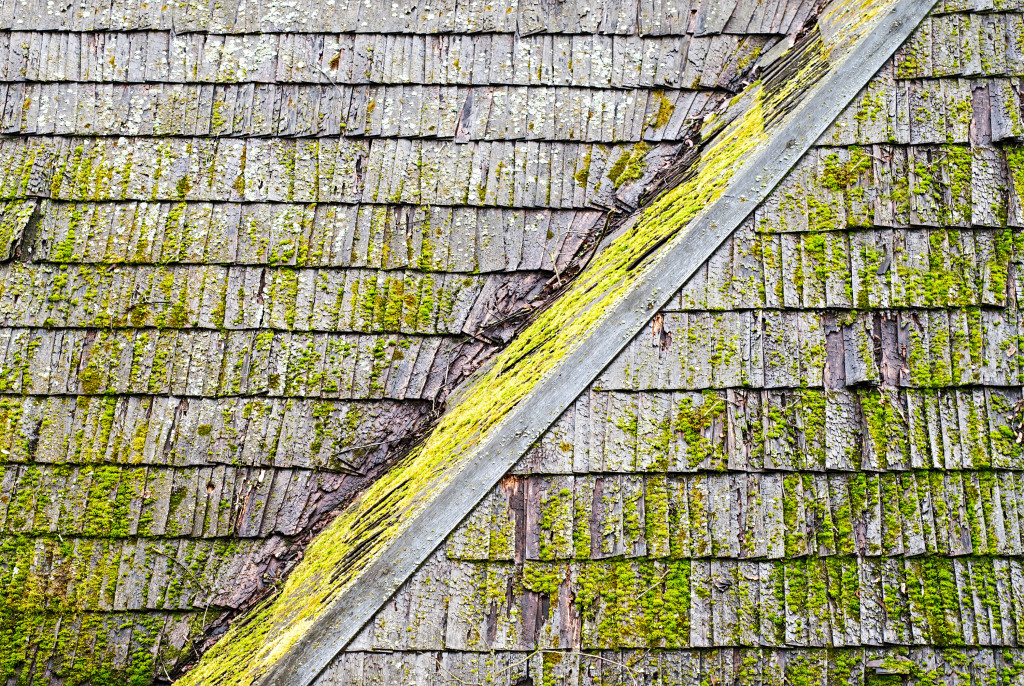Imagine walking into the stone pavement or the wooden deck of your home only to, horror of horrors, find dark spots on the floor. You’ve noticed them before, but today, they seem to grow in numbers.
So you grab a bucket of water or hose it down—and nothing. You find yourself racking your brain looking for solutions, some of which you don’t want to because they can be expensive.
As Sun Tzu once said, in any war such as this, you need to know your enemy. Your foe, my friend, is probably lichen spores.
What Are Lichens?
Lichens can appear in many ways. Some look like mushrooms, others tendrils on the trees. Some look like colored crusts on surfaces, which you will likely see on pavements.
Regardless of how they appear, they share a common characteristic: they are actually microorganisms that develop when fungi and algae combine. Today, there are over 15,000 species of lichens, although not all have names.
As microorganisms, they reproduce. But what makes them different from others is they can do it by themselves. Studies show that they can grow their colony in two ways:
• Soredia, wherein fungal filaments cover a group of algal cells
• Isidia, wherein a cortex tissue instead of a filament protects the cells of algae
Above a lichen is a layer of a dark-red patch called apothecium. This serves as the reproduction structure, creating spores for germination.
How Different Are They from Mosses?
Some people confuse lichens with mosses because both can develop on trees. Moreover, some lichens look like plants or even moss.
According to the US Forest Services, both qualify as non-vascular plants. They don’t have leaves, stems, and roots. They usually reproduce through spores, and they are low-growing.
However, in reality, only the moss counts as a real plant because lichens, as mentioned, are microorganisms. In fact, they are likely to be closer to mushrooms than moss because the former are fungi. The same goes with mold.

Why Are Lichens in Pavements and Patios?
Although some lichens thrive in incredibly dry places like deserts, they prefer arctic and temperate climates. Interestingly, even if they are abundant in rainforests, containing a lot of moisture or water, these microorganisms don’t survive well when surrounded by stagnant water.
Some experts believe that air saturation and dry breezes help offset the possible negative effects of high water content in these places.
But if their primary habitats are the forests, why do they end up in pavements and patios? As mentioned, lichens produce through spores. These can be small enough for the wind to carry and distribute everywhere, including the different outdoor areas of your home.
If your home is close to trees, then you are also likely to encounter lichens too. Like other organisms, they need tools to help them reproduce. In this case, they require sunlight and moisture to create carbohydrates.
They attach to trees because the leaves can provide them shade that will allow them to retain as much moisture as possible, especially during summer. This also means that some spores might be on the leaves. Once they start to fall and get blown off by the wind in fall or winter, a number might find their way into your pavement or driveway.
Once lichens have found a home, they are notorious for never leaving. Rather, they make the most of their environment. Growing in stone or rocks is not even a problem since they can self-reproduce.
Although lichens are fragile, they are difficult to remove from their spot. Regular pressure washing won’t do the trick.
To get rid of them, you can consider opting for a driveway jet wash cleaning service instead. Those that offer this also provide lichen mark removal. Usually, the team will apply a special solution to the lichen before they jet wash it.
Some people recommend applying vinegar to the organism. Although this option is cheap, you might need a lot if you already have an infestation. It also creates a strong unpleasant odor and removes the surface’s protective coating.
Are They Dangerous to Human Health?
Research from the University of Helsinki revealed that about 12.5 percent of lichen species produce microcystins, which are toxins that can potentially damage the liver. They can also cause allergic reactions.
Overall, though, only a few lichen species are poisonous; and as long as you don’t interact with them, they are harmless.
Ecologically, lichens are beneficial. Scientists consider them as bioindicators, which means experts use them to determine the ecosystem’s overall health. In particular, these microorganisms can help measure air quality.
In the end, lichens are great for the environment but not so in your home, where they can potentially damage your curb appeal.




